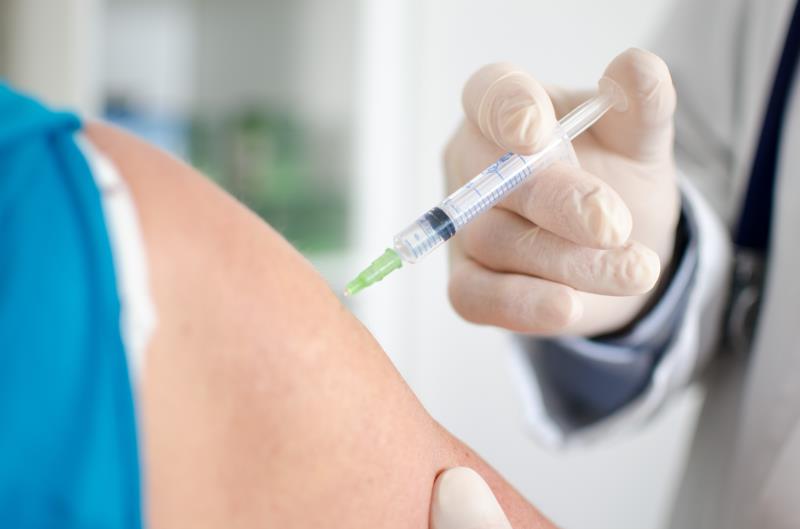
Patients presenting with upper respiratory infections (URIs) are commonly treated with intramuscular corticosteroids (IMCSs) injection, although the practice is not recommended by guidelines — indicating that IMCSs are overused in this setting, according to a study presented at The American Academy of Otolaryngology-Head and Neck Surgery (AAO-HNSF) 2019 Annual Meeting held recently in New Orleans, Louisiana, US.
Furthermore, the study found that the use of IMCSs was associated with a higher likelihood of a repeat use.
“There is a significant overuse of IMCSs in the treatment of URI despite a lack of studies on impact and safety,” said Dr Sean M Parsel from Tulane University in New Orleans, Louisiana, US, who presented the study.
While IMCSs have long been used for the empiric treatment of URI symptoms, there is little clinical evidence to support the practice, according to Parsel, who noted that there is currently no FDA-approved indication for using IMCS in treatment of URI. Also, long-term use of steroids is known to be associated with increased risk of complication. [AAO-HNSF 2019, abstract 000383]
In the retrospective cohort study based on a large regional healthcare database, the researchers reviewed records of 152,661 adult patients diagnosed with a URI in outpatient clinical settings during the period between 2013 and 2018. The URIs analysed included acute sinusitis, acute otitis media, acute pharyngitis, and URI not otherwise specified.
Of the study population, 34,416 (22.6 percent) had an IMCS injection for a URI during their initial clinical encounters. Among the patients receiving IMCS injections, 3,729 (10.8 percent) returned for the same diagnosis within 60 days of the initial clinical encounter.
A multivariable analysis revealed that patients who received an IMCS injection during the initial clinic visit were 74 percent more likely to receive a repeat injection within 60 days (odds ratio, 1.73, 95 percent confidence interval, 1.60–1.87).
“Administration of IMCS increases the risk for subsequent return for the same complaint,” observed the researchers.
Use of IMCS varied extensively by medical specialty and practitioner type, ranging from as low as 0.85 percent in the emergency department to as high as 49 percent in the urgent care setting. IMCS injections were most commonly administered in family medicine, urgent care, otorhinolaryngology, and internal medicine clinics. Patients diagnosed with acute sinusitis or acute pharyngitis accounted for those most frequently receiving IMCS injections, both during the initial and follow-up visits.
According to the researchers, complications related to IMCS use will be evaluated in subsequent studies.
These findings echoed those in a similar retrospective study previously involving over 30,000 adults diagnosed with acute respiratory infection in the primary care settings. [JAMA Intern Med 2018;178:852-854] In the study, 23 percent of the patients received steroid injections, with those presenting with bronchitis or who had prior chronic obstructive pulmonary disease most likely to be administered such treatments.